07 Oct Your Obligation to Locate an Unidentified Driver
In the case of Lapointe v. John Doe, 2015 BCSC 428, the Plaintiff was injured when her vehicle was forced off the road by an unknown driver. She brought a summary trial application to determine, amongst other things, whether she had done enough to locate the unknown “Jane/John Doe” driver.
The Court summarized the Plaintiff’s efforts and ICBC’s criticisms thereof as follows:
- The day after the accident the Plaintiff’s daughter telephoned ICBC;
- Police and first responders attended at the scene;
- Once the Plaintiff returned to Spences Bridge, she spoke to the RCMP about the accident;
- A few months after the accident, the Plaintiff and her husband put up signs on message boards. Counsel for ICBC submitted that because the Plaintiff and her husband did not keep copies of the signs and posted the signs a few months after the accident, reliability and credibility of their statements that they put up the signs is disputed. There is no evidence before me to contradict the evidence of the Plaintiff and her husband in this regard.
- Once counsel was retained, advertisements were placed. The advertisement is reasonably descriptive in that it sets out the approximate time and at the time, date and location and as well describes “a white truck towing a trailer”. ICBC submits that the advertisements were seeking witnesses to the accident and did not ask readers for assistance in locating the driver or the truck.
Although the lawyers for ICBC contested the accuracy of the Plaintiff’s evidence, they offered no contradictory admissible evidence.
The Court concluded that the Plaintiff had complied with the law and had made all reasonable efforts to locate the unknown “Jane/John Doe”.
If you are injured in a motor vehicle collision that is the fault of another driver, and despite reasonable efforts you are unable to locate or identify the other driver or vehicle, contact Acheson Sweeney Foley Sahota for help to ensure that your personal injury claim is handled correctly.


